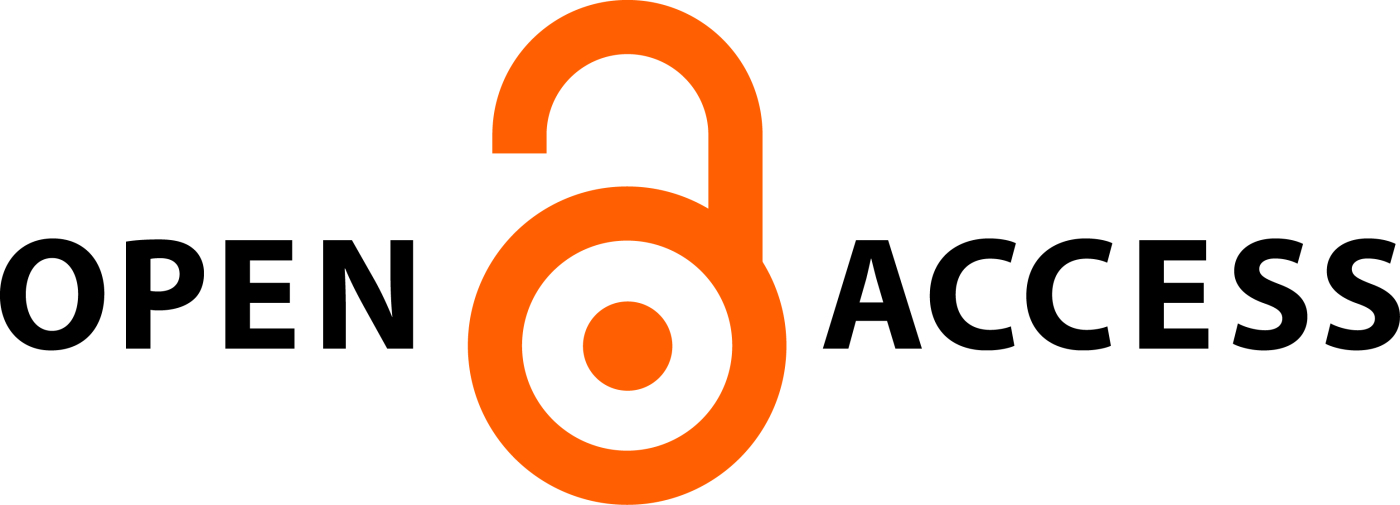Revolutionizing Root Canal Therapy: A Machine Learning- Based Approach to Canal Morphology Identification and Navigation
Abstract
Root canal therapy (RCT) is often challenged by the complex and variable morphology of dental canals, which can lead to procedural
errors and reduced treatment success. Recent advancements in machine learning (ML) offer promising solutions for improving
the accuracy of canal identification and navigation. This study explores a machine learning-based approach to analyze cone-beam
computed tomography (CBCT) scans and accurately classify canal morphologies. Using supervised learning algorithms, the model
predicts complex canal structures and integrates these predictions into navigation guidance systems for endodontic instrumentation.
Preliminary results demonstrate enhanced detection of intricate canal patterns, improved procedural efficiency, and reduced risk of
errors compared to conventional methods. This research highlights the potential of ML-assisted RCT to revolutionize clinical practice
by providing precise, data-driven guidance, ultimately improving patient outcomes. Future work will focus on real-time integration and
robotic-assisted endodontic procedures.
Downloads
All the articles published in JAPSR are distributed under a creative commons license (CC BY-NC-SA 4.0)
Under this license, you are free to:
- Share- copy and redistribute the material in any medium or format for any purpose, even commercially.
- Adapt- remix, transform, and build upon the material for any purpose, even commercially.
The licensor cannot revoke these freedoms as long as you follow the license terms.
- Attribution — You must give appropriate credit , provide a link to the license, and indicate if changes were made . You may do so in any reasonable manner, but not in any way that suggests the licensor endorses you or your use.
- NonCommercial — You may not use the material for commercial purposes .
- ShareAlike — If you remix, transform, or build upon the material, you must distribute your contributions under the same license as the original.
- No additional restrictions — You may not apply legal terms or technological measures that legally restrict others from doing anything the license permits.
Copyright policy
The journal allows the author(s) to hold the copyright of their work. That means the authors do not need to transfer the copyright of their work to the journal. However, the authors grant JAPSR a license to publish the article and identify itself as the original publisher.
Licensing policy
The journal allows the author(s) to hold the copyright of their work. That means the authors do not need to transfer the copyright of their work to the journal. However, the authors grant JAPSR a license to publish the article and identify itself as the original publisher.






